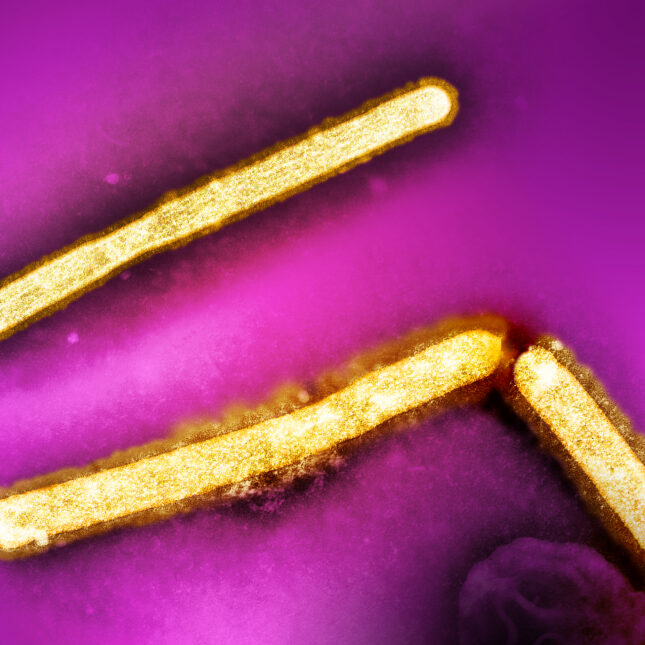
An investigation into the still unexplained human H5N1 bird flu infection in Missouri has turned up four additional health care workers who developed mild respiratory illness symptoms after caring for the patient in hospital in August, the Centers for Disease Control and Prevention reported on Friday.
It is not clear if any of these people were actually infected with H5N1; they were not tested at the time when they were ill. But the fact that they became ill after caring for this patient raises the specter of person-to-person spread of the virus — a possibility that flu experts say needs further exploration. Testing their blood for antibodies to H5N1 should answer the question.
“CDC continues to closely monitor available data from influenza surveillance systems, particularly in affected states, and there has been no sign of unusual influenza activity in people, including in Missouri,” the agency said in the update, posted to its website.
The CDC continues to characterize the risk posed to the general public by the H5N1 outbreak as “low.”
In the more than a quarter century that H5N1 bird flu has been circulating, there have been rare occasions when it was thought that person-to-person spread had probably occurred. But ongoing chains of transmission involving several generations of cases have never been detected.
This marks the third time that Missouri has revealed that it had found health workers who had flu-like illnesses after treating the unnamed H5N1 patient. The infected individual was hospitalized from Aug. 22 to Aug. 25, Lisa Cox, communications director of Missouri’s Department of Health and Senior Services, told STAT via email.
To date a total of seven people who were in contact with the confirmed case have been identified as having been ill — a household member and six health care workers. One of the health workers tested negative for influenza when he or she was ill.
The fact that the Missouri Department of Health and Senior Services is still finding such individuals weeks after the H5N1 patient was released from hospital is raising concerns about the rigor of the investigation that the state is running. The CDC cannot send investigators to a state unless its help is requested, and that hasn’t happened.
“Public health credibility is really on the line here,” Michael Osterholm, director of the University of Minnesota’s Center for Infectious Disease Research and Policy, told STAT.
Osterholm, who served as Minnesota’s state epidemiologist for 15 years, is troubled by how long it is taking for Missouri to figure out who might have been infected, if indeed there was spread from the original patient.
Of the newly identified health care workers, one was exposed to the patient before precautions were put in place to prevent spread of respiratory pathogens, a situation the CDC described as having put this individual at higher risk than the other health care workers who were exposed to the patient.
Blood samples have been collected from the five health workers who were ill after caring for the patient, Cox said, adding they will be sent to CDC’s Atlanta headquarters as soon as safe shipment can be assured, citing the disruption caused by Hurricane Helene. Follow-up interviews with 94 health workers who had contact with the patient after infection control measures were put in place are “nearing completion,” she noted.
Earlier it was revealed that a household contact of the individual became ill on the same day as the person who was hospitalized. But that second person was not tested while he or she was ill. The CDC is currently studying a blood sample from the second individual looking for antibodies to H5N1 influenza. It is also analyzing a blood sample from the confirmed case.
The Missouri case is one of 14 that have been detected in the U.S. this year, while the country has been in the grips of an H5N1 outbreak in dairy cattle that was first recognized in late March.
As of Friday, 239 herds in 14 states have tested positive for H5N1, though that is believed to be an underestimate of the true scope of the outbreak. Missouri is not among the states that reported infected dairy herds.
Many farmers have refused to test their animals and few states have forced the issue. Exceptions are Colorado, which is doing bulk tank testing on dairy farms, and California, which is doing bulk tank testing of farms that are located close to or have interactions with affected dairies. Since the start of the outbreak, Colorado has found 64 infected herds. California, which declared its first positive herd in late August, has to date confirmed 41 affected farms.
This article was updated with information from the Missouri Department of Health and Senior Services.






